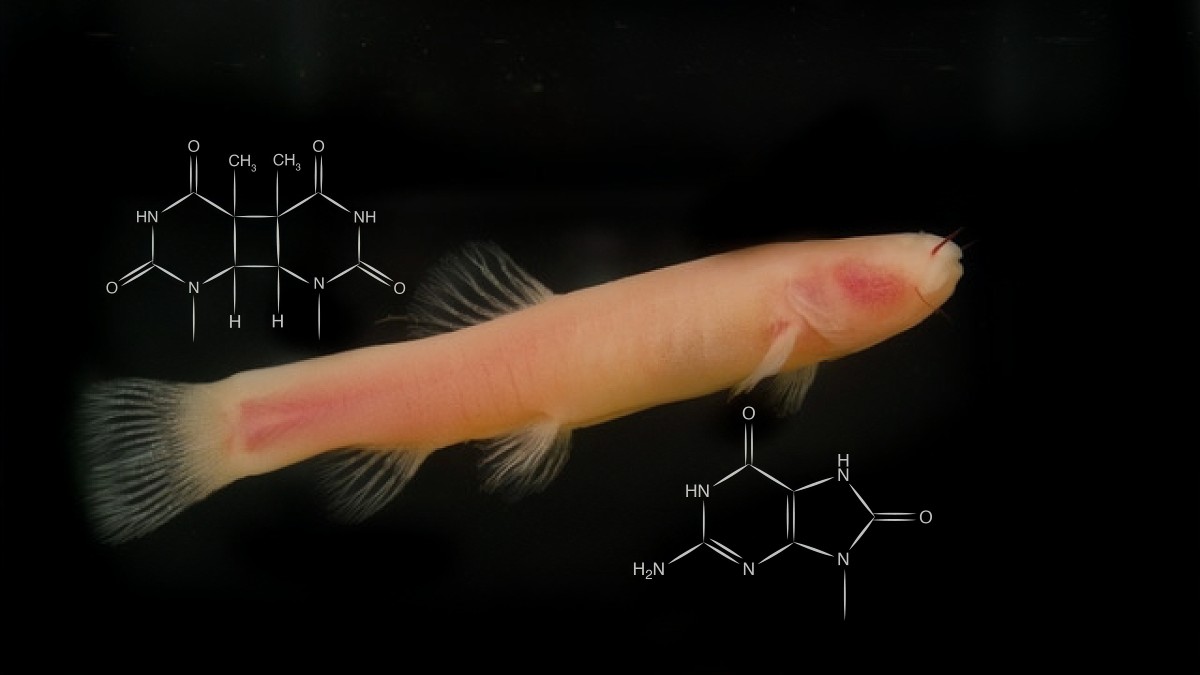Genetic Damage: Blind Cave Fish Helps to Understand Repair Processes
More and more people are developing skin cancer. The most important risk factor for this is UV radiation: Excessive UV exposure and the associated oxidative stress can damage our genetic material – our DNA. This makes it all the more important to understand the natural mechanisms that repair such damage. Researchers at the Karlsruhe Institute of Technology (KIT) have collaborated with colleagues from Italy and Japan to investigate the function of photolyase in a blind cave fish. Photolyases are light-dependent enzymes that repair DNA damage caused by UV exposure. The study, published in the journal Nature Communications, shows that photolyases can repair damage caused by oxidative stress even without light.
Somali cave fish has preserved repair enzyme for millions of years without sunlight
“Photolyases are found in most organisms, such as bacteria, plants, and vertebrates,” explains Professor Nicholas S. Foulkes, research group leader at the Institute of Biological and Chemical Systems (IBCS) at KIT. “Placental mammals—including humans—have strangely lost these enzymes in the course of evolution and replaced them with more complex but less efficient mechanisms.”
Photolyases usually rely on light energy to repair UV-induced DNA cross-links. Strangely enough, however, the blind cave fish Phreatichthys andruzzii, which has evolved over millions of years isolated from UV radiation and visible light in cave waters under Somalia, has retained a photolyase. This is specifically targeted at cyclobutane pyrimidine dimers (CPD photolyase). The new study shows that CPD photolyase in the Somali cave fish functions independently of light and repairs DNA damage caused by oxidative stress in its underground environment. These findings may contribute to a better understanding of damage caused by environmental stressors in the future.
or, September 3, 2025

